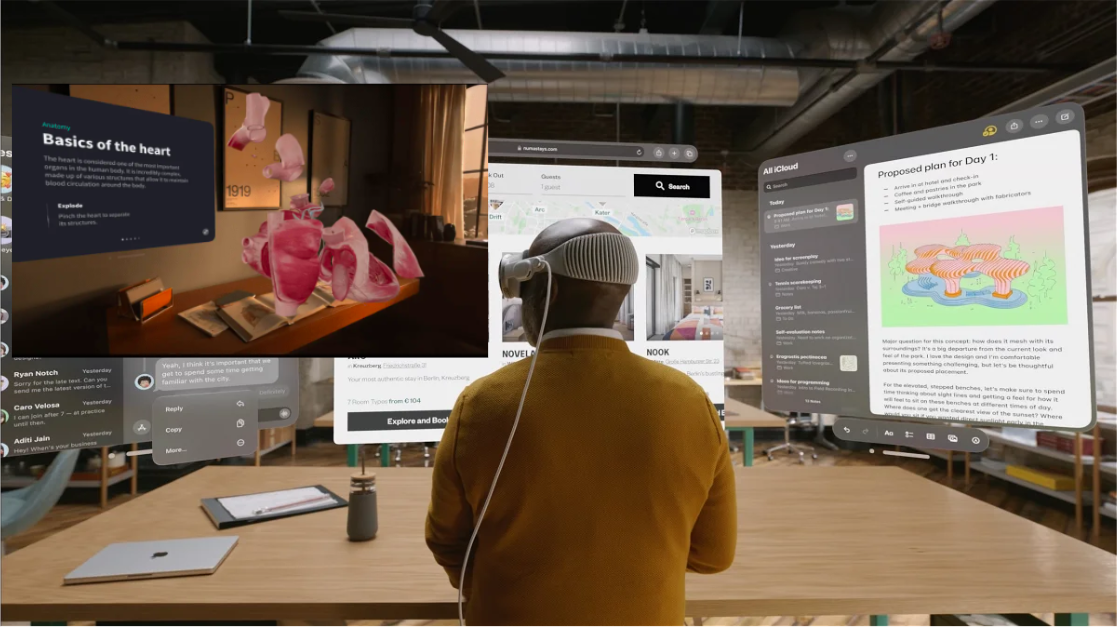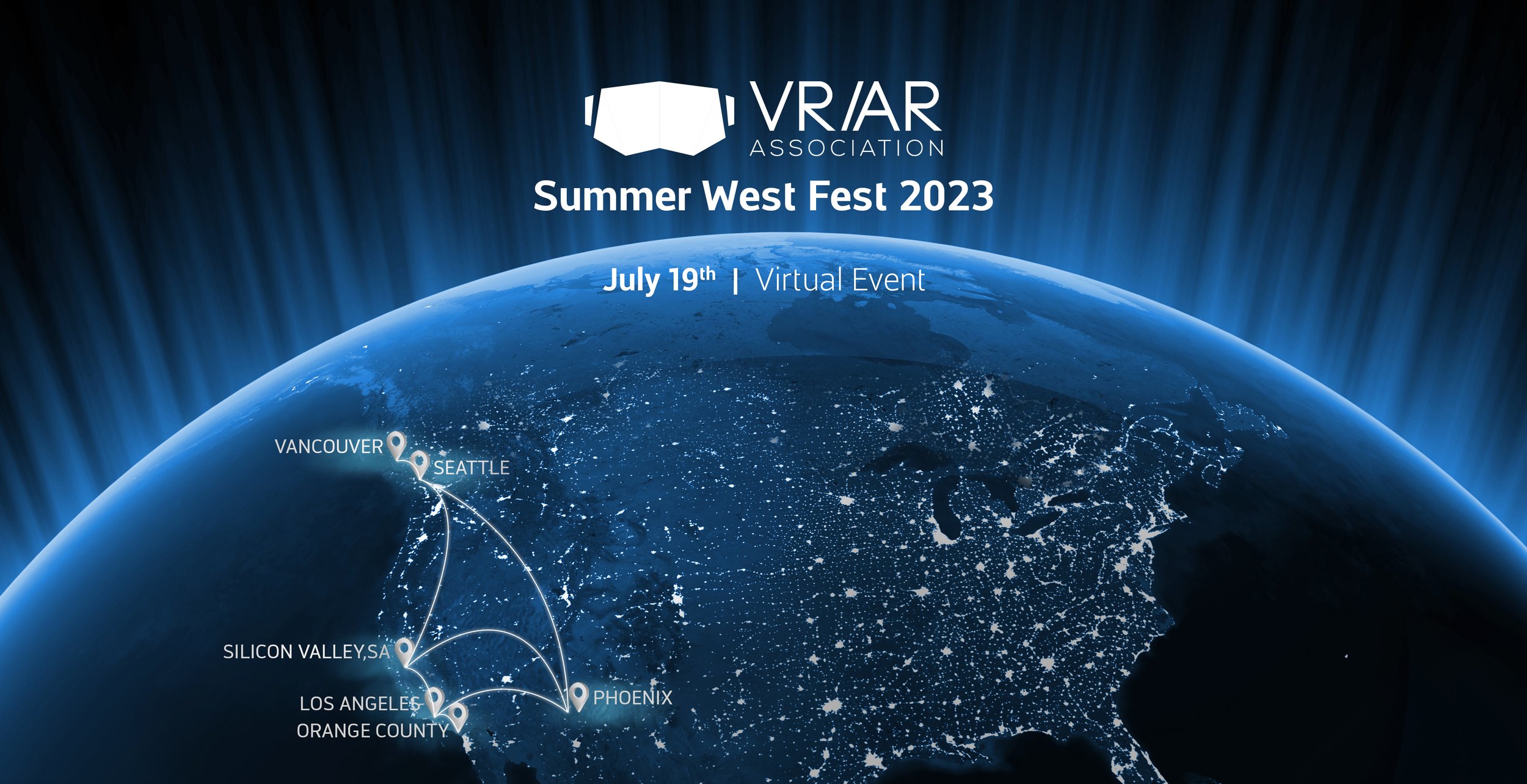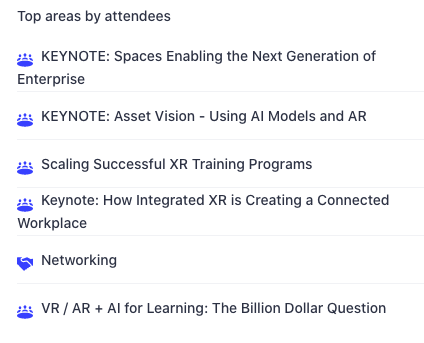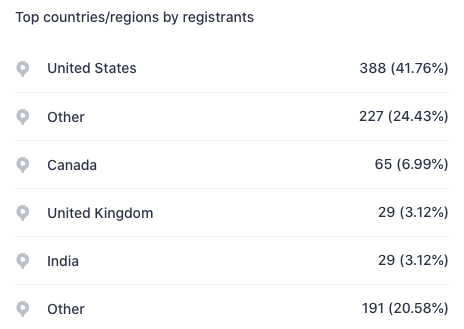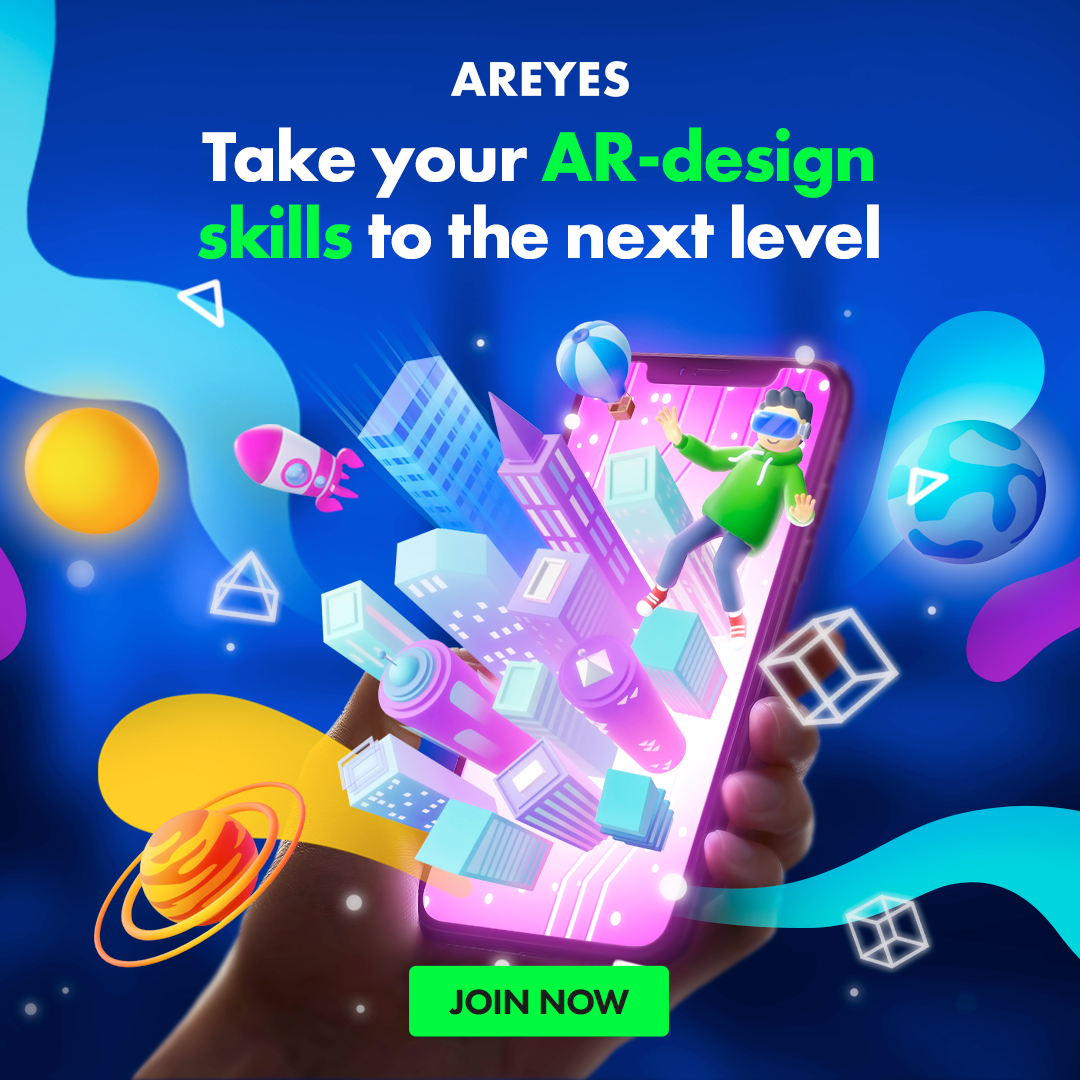Post originally appearing on xrtoday.com by Demund Cureton.
Red 6 and two major defence and aerospace companies have joined forces to develop an ecosystem of augmented reality (AR) trainers and solutions, it was revealed on Tuesday.
Lockheed Martin, Korea Aerospace Industries, and Red 6 formed the partnership to create a tech framework to implement the latter’s Advanced Tactical Augmented Reality System (ATARS).
The new toolkit will integrate into Lockheed Martin’s T-50 fighter jet and Prepar3D software simulation suite. Gaining from previous tech solutions, the latest innovation aims to build further experience and embedded T-50 training programmes.
Red 6’s ATARS solution provides multi-node, all-domain AR technologies for outdoor synthetic training environments.
Pilots using the multi-user trainer can experience flight simulations with bespoke environments, scalable scenarios, and other factors. For trainees, they can tackle combat scenarios repeatedly and on-the-fly, with variable parameters while monitoring progress with key analytics.
Comments on Red 6 Partnership
Daniel Robinson, Founder and Chief Executive, Red 6, said the ATARS system addressed “critical training inefficiencies” for current training platforms.
He added:
“There has never been a training environment in which you can combine virtual assets being visually represented in the real outdoor world, and the opportunity to overlay this training into ground-based training, until now”
Additionally, Aimee Burnett, Vice-President of Business Development for the Integrated Fighter Group, Lockheed Martin, added,
“Our vision is to help our customers leverage emerging technologies to seamlessly and securely connect all assets for joint missions, and enable fast and decisive action. Lockheed Martin has made significant advances in digital engineering and built strategic partnerships that are enabling us to accelerate development across our platforms”
Citing examples, Burnett said that Lockheed aimed to “build advanced 21st Century Security capabilities” to support customer needs. Her firm could achieve this via “continued integration” with Red 6’s training technologies.
Speaking further, she said that Lockheed Martin’s T-50 programme continued to remain in demand globally. Several high-profile clients like the US Air Force (USAF) had leveraged the fighter jet for its trainer programme.
Recently, the USAF launched three near-term training missions for tactical training, tactical fighter surrogate, and adversary air support, among others. The defence firm’s TF-50A, a light attack fighter jet, includes numerous upgrades such as electronic warfare systems, radar, tactical data links, and others.
These meet the USAF’s Air Combat Command requirements. Further plans to collaborate with the US Navy’s trainer programme are ongoing.
Red 6 hopes to expand its collaboration with the Bethesda, Maryland-based firm’s family of fighter jets, including the F-16, F-22, and its latest innovation, the F-35.
Red 6 Trains in Santa Monica
The news comes after the Orlando, Florida-based enterprise announced in June last year it had completed successful test of its jet fighter trainer.
Using artificial intelligence (AI) and AR content, the training platform allows pilots to train with virtual combatants in real-time and with analytical performance monitoring.
At the time, Red 6 showcased the trainer with Berkut 540 fighter jets at Santa Monica Airport. Furthermore, it leveraged its Combined Augmented Reality Battlespace Operation Network (CARBON) to provide simultaneous interactivity with RT3D assets.
According to reports, Red 6 aims to test its AR and AI-fuelled dogfighting capabilities next year.
Robinson on Training Future Fighter Pilots
The news comes after the United Kingdom’s Royal Air Force (RAF) also aimed to leverage Red 6 tools to empower the British fighting force.
Speaking to the Express, Robinson, a former Tornado pilot and the first foreign national to fly the F-22 Raptor, urged the RAF to explore “readiness, lethality, and training” against “peer adversaries.”
He said at the time: “We don’t want to go anywhere near a conflict right? But we need to be credible and to be credible, we need to be lethal. We need to train and we need to train rather than every single day at scale.”
One reason for developing his company was to address shortfalls in training at scale, pilot fighter shortages, and lack of fighter pilots.
Red 6 Fighter Jets Train at the ARCADE
Additionally, Red 6 inked a massive deal with Boeing in September last year to boost its ATARS training platform. Boeing will integrate ATARS on its next-generation T-7 and F-15EX aircraft for the partnership.
Pilots can use the solution to train with unmanned aircraft and simulated threats in real-time. Also, training modules can incorporate numerous simulated protocols, including manoeuvres, refuelling, engaging targets, and others.
At the time Robinson said: “Readiness and lethality are critical if our warfighters are to prevail against peer adversaries. Boeing’s next-generation platforms will be the first aircraft in the world that are capable of entering our augmented reality training environment.”
To track performance metrics, Red 6 will offer its AR Command and Analytic Data Environment (ARCADE) for Boeing environments. This allows instructors to debrief, plan, and analyse pilot performance with recorded metrics.


